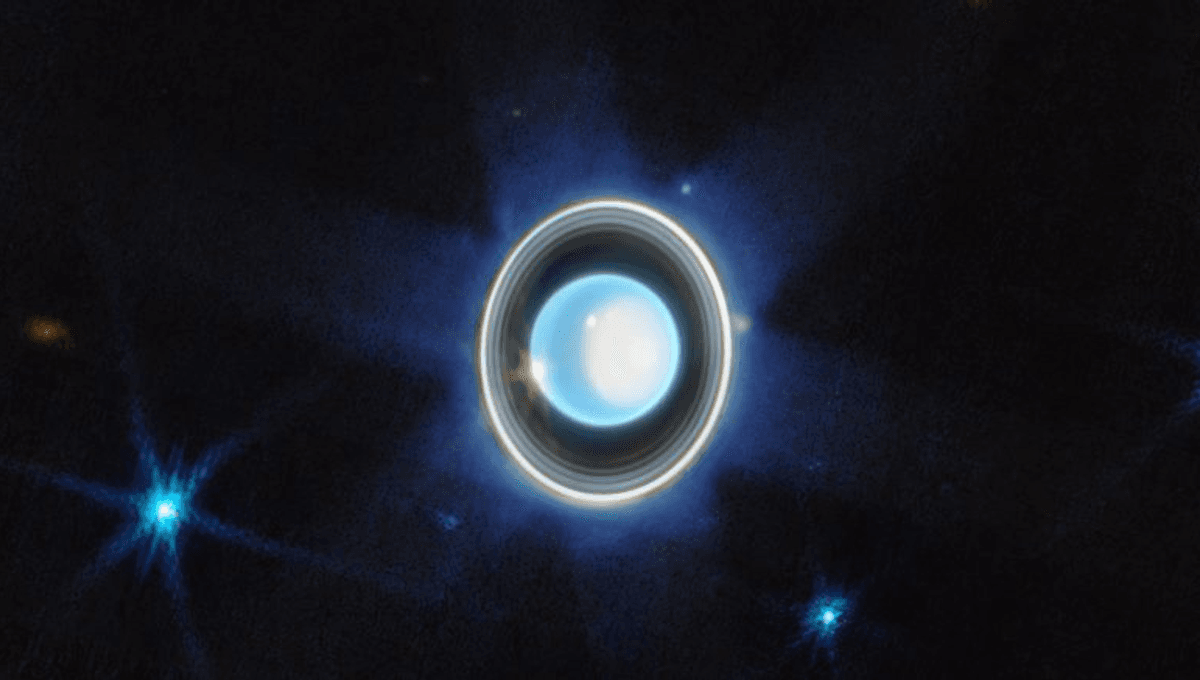As the worlds of the Solar System go, Uranus is among the weirdest. Its peculiar properties, from internal heating to its crooked magnetic fields, have left astronomers baffled. Maybe it is not even an ice giant at all, but a weirder rocky giant planet. This and more are motivations to send a mission to the planet. Now, an analysis might have found a way to do that faster than previously thought.
The rest of this article is behind a paywall. Please sign in or subscribe to access the full content. NASA has planned a mission called the Uranus Orbiter and Probe (UOP) – a simple, clear name which was not the one suggested by the people of the internet – and it is expected to launch in the mid-2030s. It was originally planned to launch in 2031, but issues with NASA’s procurement of plutonium meant that this had to be postponed. Missions to the outer Solar System need a radioactive source of energy because they cannot rely on sunlight. The mission will reach Uranus over a decade later in the mid-to-late 2040s, as the planet is getting closer to the equinox. Adding to the oddities, Uranus spins on its side, so currently as we approach the northern summer solstice, the northern hemisphere is fully illuminated while the southern hemisphere is in darkness. Only during the equinox does the whole planet experience day and night. This is the plan for UOP, but that scenario involved the mission being launched on a Falcon Heavy Rocket. Elon Musk's SpaceX plans to eventually retire this rocket as its Starship vehicle becomes operational. Starship has faced several setbacks this year, enough to have NASA looking for new commercial partners for the Moon landing, but it should be working in the 2030s. So, researchers considered a scenario where UOP is launched with Starship, and that opened up an interesting and speedy opportunity. One advantage of Starship, which should be tested in the coming months, is the ability to be refueled in space. The vehicle will be launched from Earth at high speed, rendezvous with a previously launched refueling Starship vehicle to get more fuel, and use that to get on a Uranus-bound trajectory at really high speed. Often, the complaint about sending missions is why they take so long. This is due to the complex celestial mechanics necessary to cross space with minimal expenditure of fuel, so that the space probe can safely maneuver once in orbit. A filled-up Starship taking the mission all the way to Uranus would not have that issue; it could spend all the fuel it wants, cutting the travel time to just six and a half years. There is also another reason to have Starship go all the way to Uranus with UOP. Once you go really fast, you need to slow down to enter orbit around a planet. This could be done by expending propellant, firing in the opposite direction of travel. The research proposal suggests instead to consider aerobraking, using Starship’s size with a modified design to fly through the Uranian atmosphere and slow down enough. Only then will UOP be released. The size of Starship's payload, much bigger than the Falcon Heavy, might allow for a bigger probe too, allowing for even more science around Uranus and its moons. The study is published in IEEE. [H/T: Universe Today]






